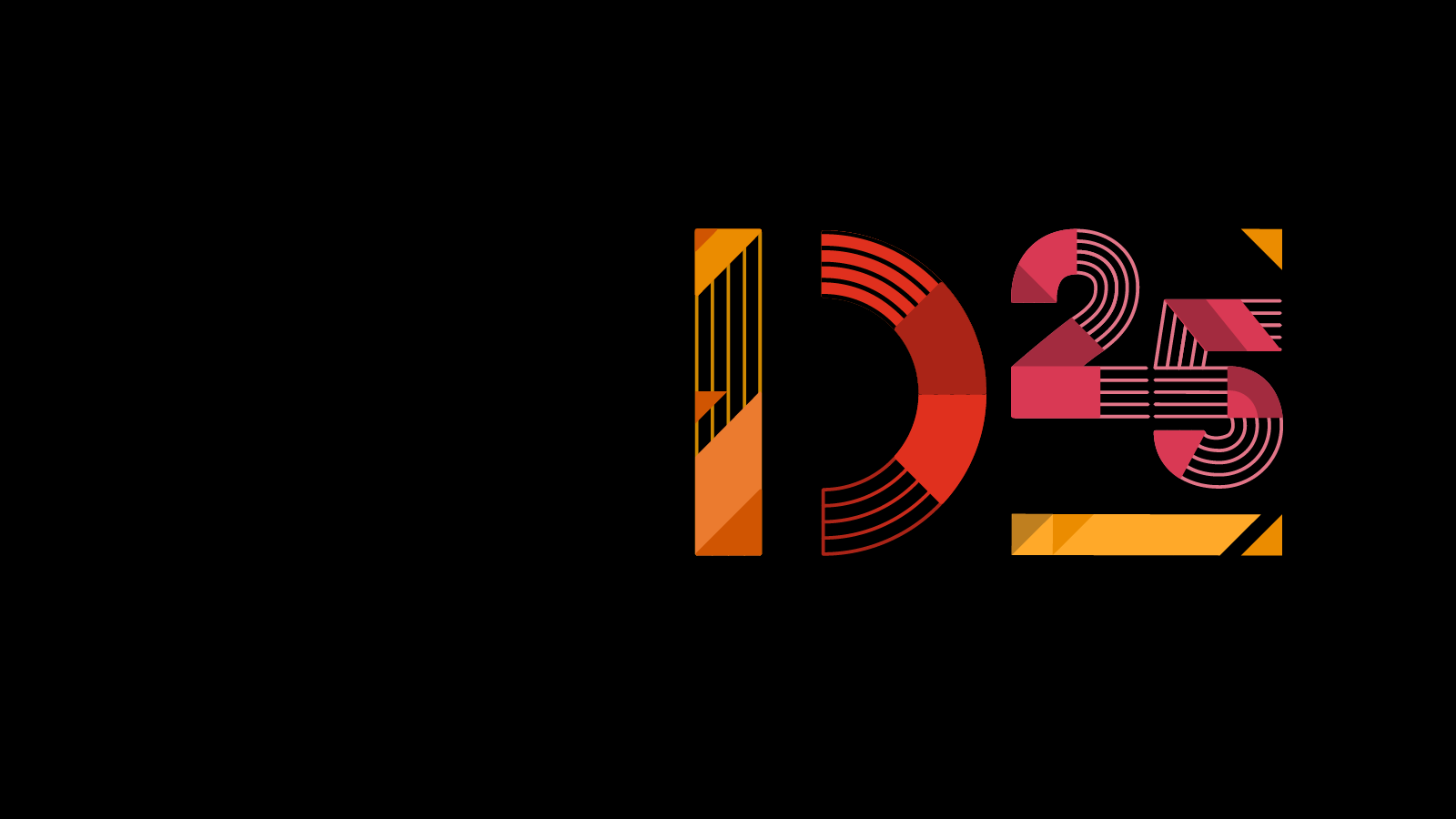
Insights


Preparing for a Tax Audit: What you need to know
Get ready for your next tax audit! Learn how to stay organized, keep records, get expert advice, and do health checks to avoid stress. Find out how we can help...

Rethinking Identity and Access Management: A strategic imperative for agile businesses
In a world of increasing cyber threats and complex digital ecosystems, managing who has access to what—and when—has never been more critical. Identity and...

ESRS simplification: what you need to know
EFRAG’s June 2025 progress update details the ongoing simplification of the European Sustainability Reporting Standards (ESRS), as mandated under the EU’s...
Latest media releases

PwC Malta releases its CEO Confidence Tracker and Economic Outlook results

PwC unveils new brand positioning

Malta's GDP growth masks varying sectoral level performance, as higher value-added sectors experience slowdown, PwC report finds

PwC Malta announces the appointment of 3 new partners

PwC Malta and the Malta Chamber renew gold collaboration agreement

PwC Malta and FHRD release the 10th edition of the annual HR Pulse Survey

PwC Malta issues report on Malta’s ranking in the Global Real Estate Transparency Index

PwC Malta releases second Economic Outlook for 2024, highlighting a moderation in economic activity in Malta across various sectors
PwC's Academy
PwC’s Academy has been PwC’s training arm since its creation in 2010. We have trained thousands of seasoned professionals and individuals seeking qualifications or certifications over the past ten years.
Careers
We offer opportunities for you to grow as an individual, to build lasting relationships and make an impact in a place where people, quality and value mean everything.






















